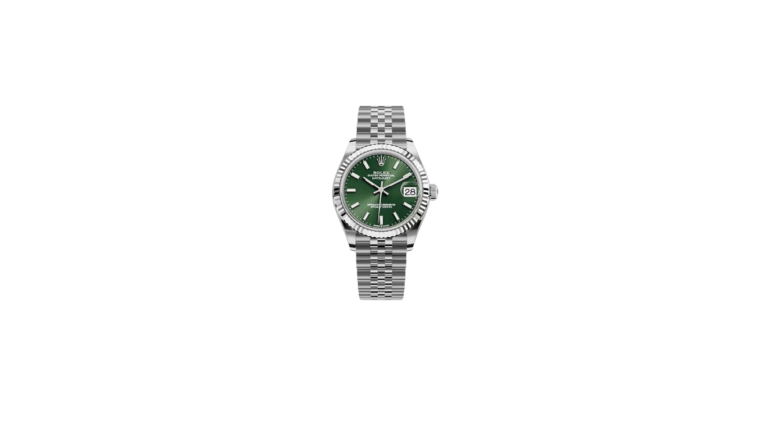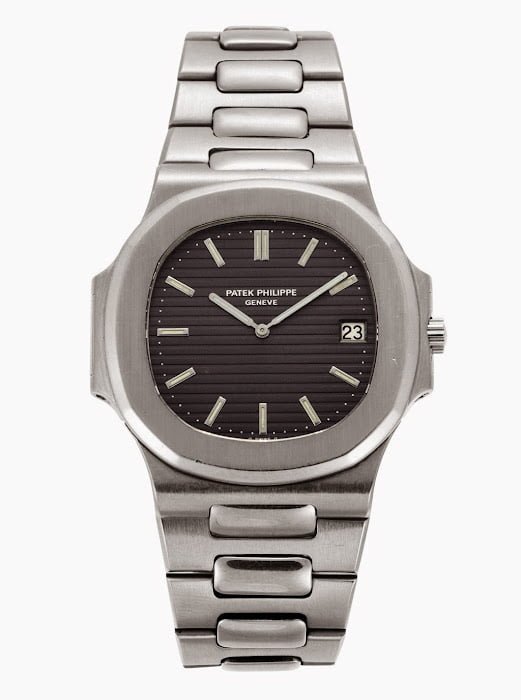Table of Contents
Introduction to Rolex Watches
Rolex is much more than just a brand—it is the embodiment of prestige, heritage, and world-class craftsmanship. Since its establishment in 1905, Rolex has set the benchmark for luxury watches, becoming an icon of success and status across the globe. The brand has continuously revolutionized the watchmaking industry, whether through its Rolex Oyster, the world’s first waterproof wristwatch, or its pioneering automatic movement with the Perpetual Rotor.
In this article, we will explore Rolex’s rich history, its technological innovations, and its most iconic models. By understanding the profound legacy of Rolex, you’ll see why it remains a symbol of timeless elegance and cutting-edge precision.
The History of Rolex: A Journey Through Time
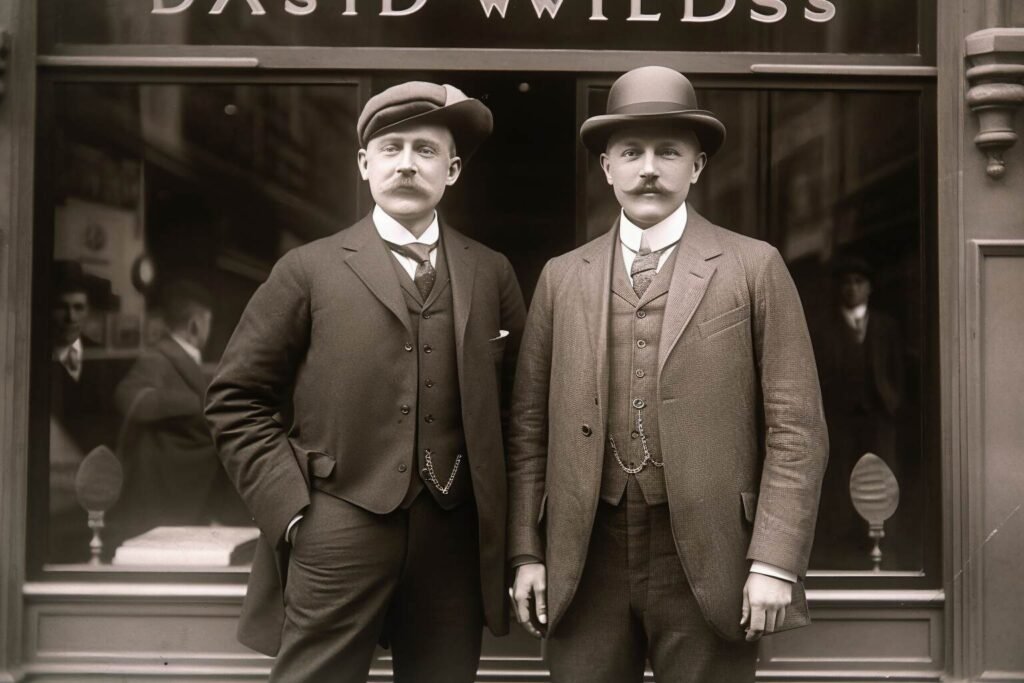
Rolex was founded by Hans Wilsdorf and Alfred Davis in London in 1905, under the name Wilsdorf & Davis. Their goal was simple but ambitious: to create wristwatches that combined reliability with style. Back in those days, wristwatches were not considered as reliable or precise as pocket watches. However, Wilsdorf envisioned a future where wristwatches would be both practical and luxurious.
In 1908, Wilsdorf registered the brand name Rolex and moved the company to Geneva, Switzerland, the heart of fine watchmaking. Rolex focused on developing reliable and accurate wristwatches, and in 1910, a Rolex watch became the first wristwatch to receive the Swiss Certificate of Chronometric Precision, awarded by the Official Watch Rating Centre in Bienne. This certification marked the beginning of Rolex’s commitment to producing precision timepieces.
Milestones in Rolex Innovation
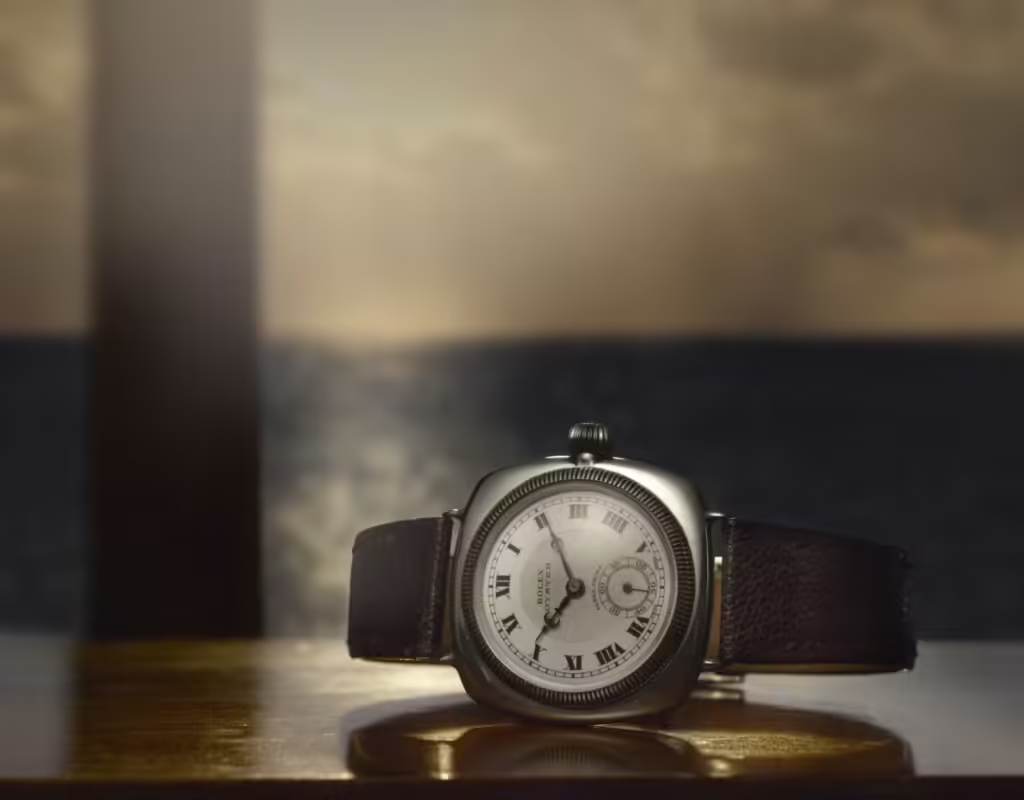
1926: Rolex Oyster – The First Waterproof Watch
One of Rolex’s most significant innovations was the creation of the Rolex Oyster in 1926, which became the world’s first waterproof wristwatch. This breakthrough was made possible by the introduction of the Oyster case, a robust and hermetically sealed design that protects the watch’s movement from dust, moisture, and pressure.
To demonstrate the watch’s water resistance, Mercedes Gleitze, a British swimmer, wore a Rolex Oyster around her neck while swimming across the English Channel in 1927. After 10 hours in the water, the watch emerged intact, proving its durability and sealing Rolex’s reputation for creating robust watches.
1931: The Perpetual Movement – Automatic Innovation
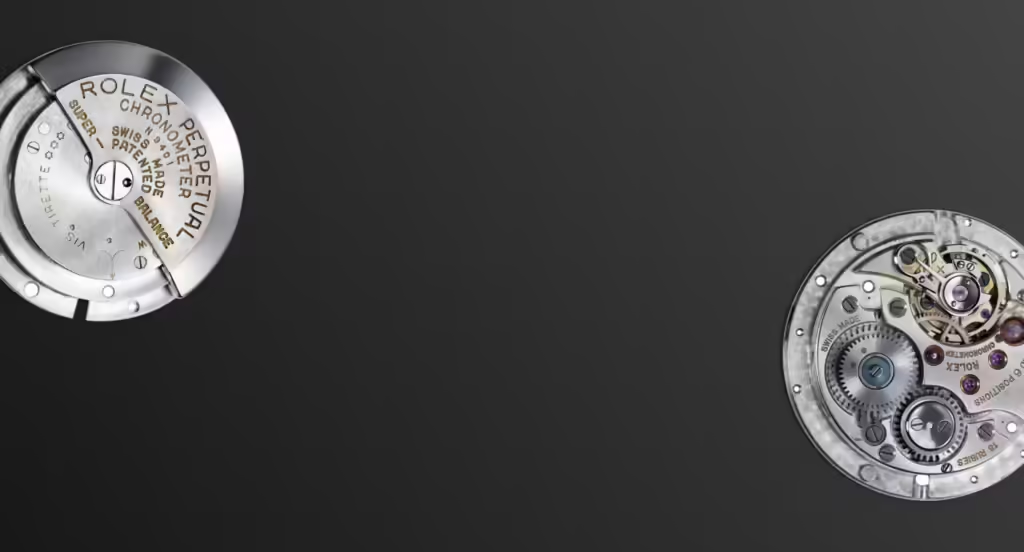
In 1931, Rolex introduced the Perpetual Movement, which was a game-changer in watch technology. The Perpetual Movement is a self-winding mechanical movement that uses a rotor, known as the Perpetual Rotor, to wind the watch automatically as the wearer moves their wrist. This innovation eliminated the need for manual winding, which added to the convenience and reliability of Rolex watches.
1945: The Rolex Datejust – A Modern Classic
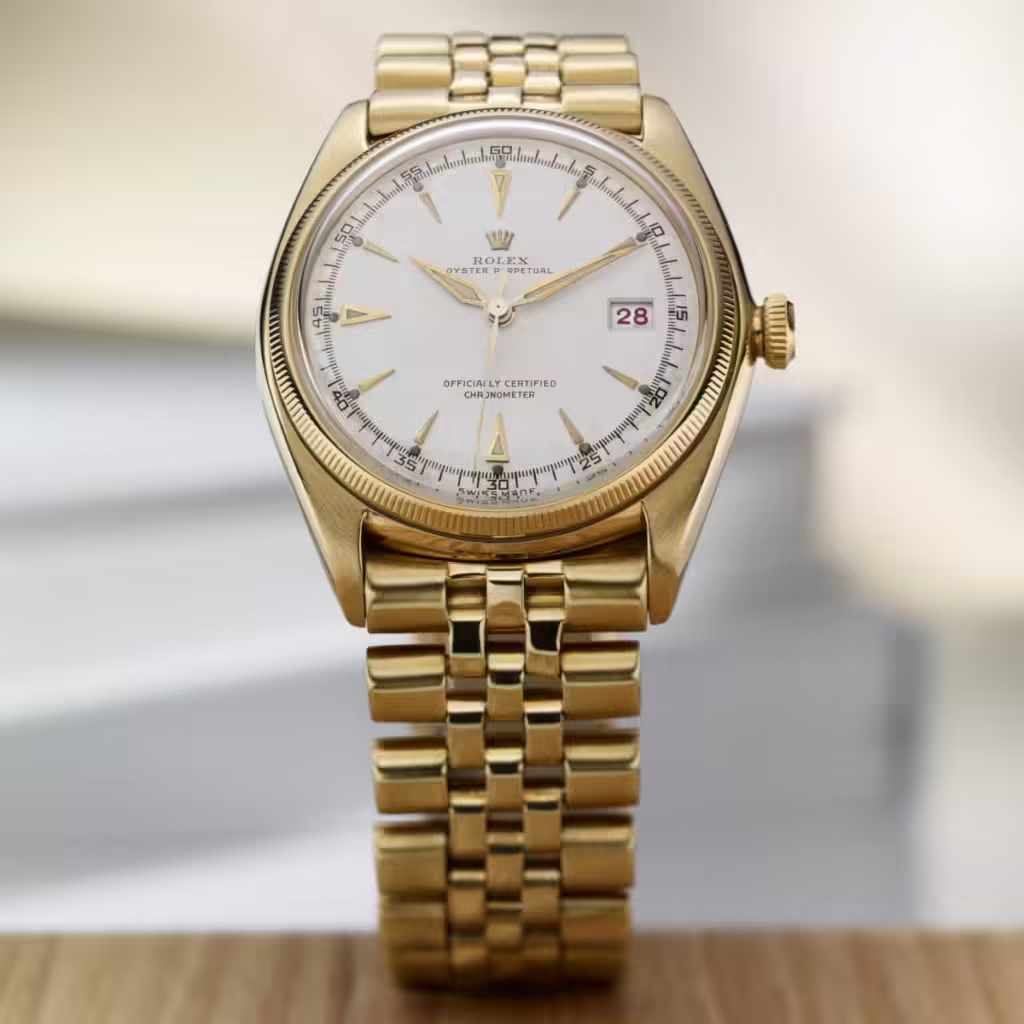
Another pivotal moment for Rolex came in 1945 with the launch of the Rolex Datejust, the world’s first self-winding wristwatch with a date display on the dial. The Datejust quickly became an icon of modern watchmaking and remains one of Rolex’s most popular models today. Its design, which features the signature fluted bezel and the Cyclops lens for easy date reading, is both timeless and practical.
1953: The Rolex Submariner – Born for the Deep
The Rolex Submariner was launched in 1953 and became an instant icon among professional divers. Designed with water resistance up to 100 meters (later increased to 300 meters), the Submariner quickly became known for its rugged durability and legibility underwater. Its rotatable bezel allows divers to track immersion time, making it an essential tool for underwater exploration.
1956: The Rolex Day-Date – Presidential Timepiece
In 1956, Rolex introduced the Day-Date, a revolutionary watch that displayed both the date and the day of the week spelled out in full on the dial. Crafted exclusively in precious metals like 18-carat gold and platinum, the Day-Date became known as the “President’s Watch” after several U.S. Presidents and influential leaders wore it. The Day-Date’s sophisticated design and functionality make it a favorite among business leaders and politicians worldwide.
Iconic Rolex Models: A Closer Look
Rolex Submariner: The Ultimate Dive Watch
The Rolex Submariner is perhaps the most recognized Rolex model, revered for its functionality and enduring design. Initially launched as a tool for divers, the Submariner became a cultural phenomenon after being worn by James Bond in the early films. The Submariner’s robust case, rotating bezel, and luminescent markers have made it a favorite for adventurers and luxury enthusiasts alike.
Key features:
- Water resistance up to 300 meters.
- Cerachrom bezel insert for scratch resistance.
- 904L Oystersteel for enhanced durability.
The Submariner is available in various materials, including Oystersteel, gold, and a combination of both in Rolesor models, making it a versatile choice for both professional divers and luxury watch collectors.
Rolex Daytona: The Racing Legend
The Rolex Daytona, introduced in 1963, is designed for professional racing drivers. With its tachymeter scale, chronograph functionality, and high-performance movement, the Daytona allows drivers to measure average speeds up to 400 kilometers or miles per hour. The watch is not only a tool for racers but also a symbol of speed and precision.
The Paul Newman Daytona is perhaps the most famous version of the model, with its distinctive dial design. One of these models sold at auction for a record-breaking $17.8 million, making it one of the most expensive wristwatches ever sold.
Rolex Datejust: Timeless Elegance
The Rolex Datejust, first introduced in 1945, is a perfect balance of elegance and functionality. Available in both men’s and women’s sizes, the Datejust features the signature Cyclops lens over the date display and is offered in a wide range of materials, including Oystersteel, yellow gold, and Everose Rolesor.
With its classic design and versatility, the Datejust is an excellent choice for everyday wear, whether in a business setting or at formal events.
Rolex Explorer: For the Adventurous Spirit
The Rolex Explorer, introduced in 1953, was inspired by the successful summit of Mount Everest by Sir Edmund Hillary and Tenzing Norgay. Built to withstand extreme conditions, the Explorer is known for its simple yet rugged design. The Explorer II, introduced in 1971, features an additional 24-hour hand and a fixed bezel, which allows adventurers to distinguish between day and night—a feature useful in polar and cave explorations where daylight is scarce.
Rolex Craftsmanship: A Commitment to Excellence
What sets Rolex apart from other luxury watch brands is its unwavering commitment to craftsmanship. Every Rolex watch is manufactured in-house, with strict quality control standards and precise engineering.
Rolex Movements
Rolex movements are entirely developed and manufactured in-house, ensuring that each timepiece meets the brand’s high standards of precision and durability. Every Rolex watch that leaves the factory is certified as a Superlative Chronometer, a distinction that guarantees it passes both COSC certification (Official Swiss Chronometer Testing Institute) and additional stringent tests conducted by Rolex.
Materials Used
- Oystersteel: Rolex uses 904L steel, known as Oystersteel, which is highly resistant to corrosion and offers a unique polish that retains its beauty over time.
- Cerachrom Bezels: Rolex’s Cerachrom bezels are crafted from durable ceramic, offering excellent resistance to scratching and fading. This material is used on watches like the Submariner and Daytona.
- Gold: Rolex has its own foundry where it creates its own 18-carat yellow gold, white gold, and Everose gold. This vertical integration allows Rolex to control the quality and finish of all its precious metals.
Testing and Quality Control
Before any Rolex watch reaches its owner’s wrist, it undergoes numerous tests to ensure reliability, precision, and durability. Rolex watches are tested for water resistance, subjected to temperature changes, and even exposed to magnetic fields to guarantee their robustness.
Rolex in Popular Culture: A Symbol of Success
From Hollywood celebrities to world leaders, Rolex has always been a symbol of success and influence. In the film industry, Rolex became synonymous with James Bond when Sean Connery first wore a Rolex Submariner in Dr. No (1962). The brand’s association with pop culture extends to figures like Paul Newman, whose love for the Rolex Daytona made the model famous.
Moreover, Rolex’s sponsorship of events like the Wimbledon Tennis Tournament and the Rolex 24 at Daytona further enhances its reputation as a brand that represents excellence and achievement.
Conclusion: Why Rolex is the Pinnacle of Luxury Watches
Rolex watches are not just about telling time—they are about telling a story. From the deep-sea adventures of the Submariner to the elegance of the Day-Date, Rolex has created timepieces that speak to innovation, craftsmanship, and prestige. Owning a Rolex is a mark of achievement, and for many, it is an investment in something timeless.
We don’t own any Images, all are owned by their respective owners

